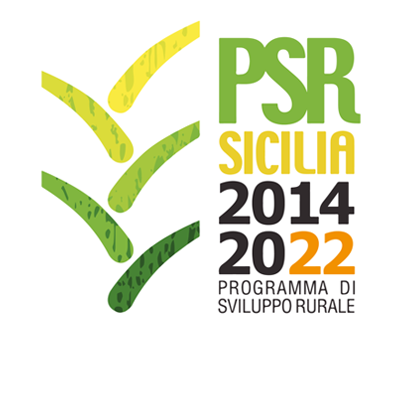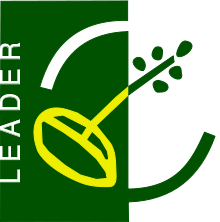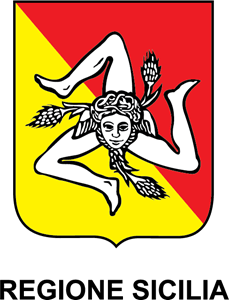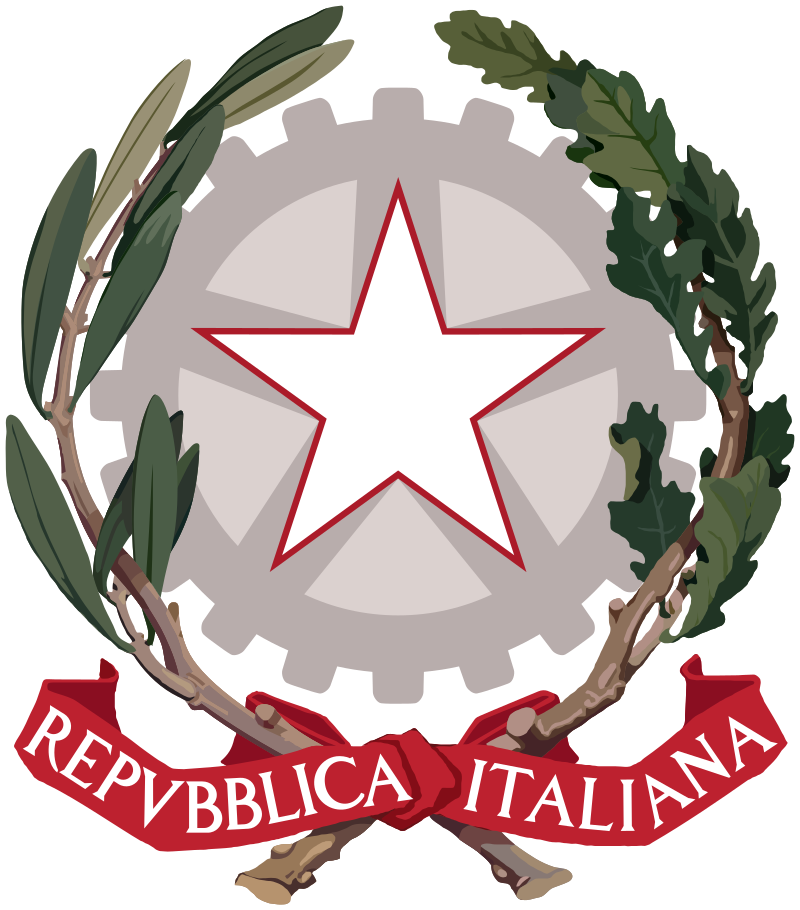Moncaína
Country
Specie
ISO3
ESP
Language
sp.
Description
The name of the breed refers to the highest summit of the Iberian sistem (Moncayo), in Zaragoza and Soria.
Other name
Del Moncayo, Cabra del Moncayo
Breed classification (adaptedness)
Native
Breed classification (geographic)
Local
Adaptability to specific environment
Rustic. Well adapted to cold and dry areas.
Specific reproductive characteristic
Prolificity: 1.36
Other special qualities
The breed is important in order to prevent forest fires.
Color comments
Black
Number of horns males
2
Number of horns females
2
Wither height males
66
Wither height females
51
Weight males
72.00
Weight females
65.00
Herdbook
y
Herdbook established
2001
Domestication status
domestic
Taxonomic classification
Breed
Location within country
Aragon
Local cryo conservation status
No Material
Local Risk
At Risk
Detailed local risk status
Endangered
Mallorquina
Country
Specie
ISO3
ESP
Language
sp.
Other name
Cabra orada o muntanyola
Breed classification (adaptedness)
Native
Breed classification (geographic)
Local
Adaptability to specific environment
The animals live in steep zones (higher than 800 m asl.).
Other special qualities
These are rustic animals.
Color comments
uni coloured: red <br>multi coloured: black, red
Number of horns males
2
Number of horns females
2
Horn shape size and comments
big horns
Wither height males
73
Wither height females
65
Other specific visible traits
Markhar type, bearded in both sexes
Herdbook
y
Herdbook established
2008
Domestication status
domestic
Taxonomic classification
Breed
Description of origin
indigenous breed
Location within country
Majorca
Local cryo conservation status
Not Sufficient
Local Risk
At Risk
Detailed local risk status
Critical Maintained
Malagueña
Country
Specie
ISO3
ESP
Language
sp.
Other name
Veleña, Costena, Malaga
Breed classification (adaptedness)
Native
Breed classification (geographic)
Local
Adaptability to specific environment
The breed is known for its adaptation to the local marginal conditions.
Specific reproductive characteristic
This breed is known for fertility (85 %) and precocity.
Other special qualities
These are rustic animals.
Color comments
uni coloured: red, blond
Number of horns males
0
Number of horns females
0
Horn shape size and comments
sabre shaped or spiral shaped horns
Wither height males
78
Wither height females
70
Weight males
80.00
Weight females
55.00
Other specific visible traits
tassels, bearded, prominent and good structured udder
Herdbook
y
Herdbook established
1984
Domestication status
domestic
Taxonomic classification
Breed
Description of origin
composite of Ibex abisinio and Capra aegagrus
Location within country
Malaga and Sevilla in Andalusia and Extremadura Region
Local cryo conservation status
Sufficient
Local Risk
Not at Risk
Detailed local risk status
Not at Risk
Majorera
Country
Specie
ISO3
ESP
Language
sp.
Other name
Canary Islands
Breed classification (adaptedness)
Native
Breed classification (geographic)
Local
Adaptability to specific environment
The breed is very well adapted to arid zones and volcanic grounds. The breed can be kept under intensive management conditions.
Specific resistance or tolerance
The breed is free of the most important diseases such as Brucelosis, Tuberculosis, Paratuberculosis and the Arthritic-encephalitis complex.
Special characteristic of product
The breed is known for its high milk production.
Number of horns males
2
Number of horns females
2
Wither height males
68
Wither height females
62
Weight males
70.00
Weight females
40.00
Herdbook
y
Herdbook established
1985
Domestication status
domestic
Taxonomic classification
Breed
Description of origin
indigenous breed belonging to the Canary goat group. It is a composite of prehispanic animals with African origin and European goats with influence of Nubian and Maltesa.
Location within country
Canary Islands
Local cryo conservation status
No Material
Local Risk
Not at Risk
Detailed local risk status
Not at Risk
Jurdana
Country
Specie
ISO3
ESP
Language
sp
Breed classification (adaptedness)
Native
Breed classification (geographic)
Local
Number of horns males
0
Number of horns females
0
Domestication status
domestic
Taxonomic classification
Breed
Local cryo conservation status
No Material
Local Risk
Extinct
Detailed local risk status
Extinct
Florida
Country
Specie
ISO3
ESP
Language
sp.
Other name
Florida Sevillana, Florida
Breed classification (adaptedness)
Native
Breed classification (geographic)
Local
Number of horns males
2
Number of horns females
2
Wither height males
85
Wither height females
70
Weight males
100.00
Weight females
65.00
Herdbook
y
Herdbook established
2003
Domestication status
domestic
Taxonomic classification
Breed
Year of origin
1920
Local cryo conservation status
Sufficient
Local Risk
Not at Risk
Detailed local risk status
Not at Risk
Eivissenca
Country
Specie
ISO3
ESP
Language
sp.
Other name
Pitiusa, Eivissenca, Ibicenca
Breed classification (adaptedness)
Native
Breed classification (geographic)
Local
Number of horns males
2
Number of horns females
2
Wither height males
72.5
Wither height females
62.5
Weight males
67.50
Weight females
55.00
Herdbook
y
Herdbook established
2008
Domestication status
domestic
Taxonomic classification
Breed
Description of origin
indigenous breed related to goat populations on the western islands of the Mediterranean
Location within country
Islands of Ibiza and Formentera as zones of origin. The island of Mallorca as expansion zone.
Local cryo conservation status
Not Sufficient
Local Risk
At Risk
Detailed local risk status
Critical
Del Guadarrama
Country
Specie
ISO3
ESP
Language
sp.
Other name
Cabra de Guadarrama
Breed classification (adaptedness)
Native
Breed classification (geographic)
Local
Adaptability to specific environment
The breed is well adapted to environments which are not suitable for many other breeds.
Specific resistance or tolerance
Very healthy animals.
Specific reproductive characteristic
high index of prolificity: 1.67%
Special characteristic of product
The milk of this breed is also used to produce cheese with a great and long lasting taste.
Number of horns males
2
Number of horns females
2
Horn shape size and comments
In arch with tendency to open
Wither height males
81
Wither height females
72
Weight males
75.00
Weight females
56.00
Other specific visible traits
thin hair, long ears with a horizontal to pendulate tendency, black udder with all pigmented black skin
Herdbook
y
Herdbook established
1997
Domestication status
domestic
Taxonomic classification
Breed
Description of origin
indigenous breed Pyrenaic Branch
Location within country
Madrid and Avila
Local cryo conservation status
Not Sufficient
Local Risk
Not at Risk
Detailed local risk status
Not at Risk
Cabra de las Mesetas
Country
Specie
ISO3
ESP
Language
sp.
Breed classification (adaptedness)
Native
Breed classification (geographic)
Local
Number of horns males
0
Number of horns females
0
Domestication status
domestic
Taxonomic classification
Breed
Description of origin
indigenous breed
Location within country
country-wide
Local cryo conservation status
No Material
Local Risk
At Risk
Detailed local risk status
Endangered
Cabra Galega
Country
Specie
ISO3
ESP
Language
sp
Other name
Gallega
Breed classification (adaptedness)
Native
Breed classification (geographic)
Local
Number of horns males
0
Number of horns females
0
Domestication status
domestic
Taxonomic classification
Breed
Local cryo conservation status
Not Sufficient
Local Risk
At Risk
Detailed local risk status
Endangered




